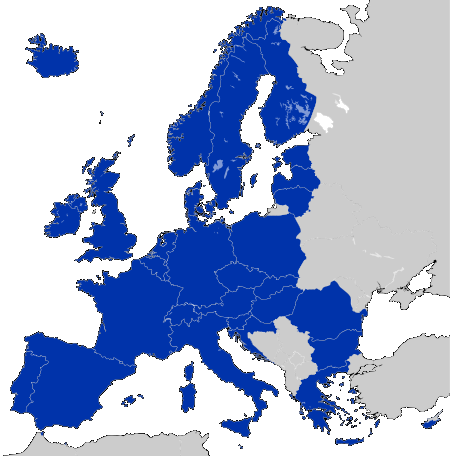Final countdown to EMIR underway
A week before the final reporting deadline for the European Commission’s EMIR regulation, tech firms are making a last push to get OTC trade reporting up and running.
EMIR is the European response to the G20 agreement drawn up in Pittsburgh in 2009. The rules essentially state that OTC derivatives must be centrally reported and cleared wherever possible, and traded on an exchange if there is sufficient liquidity. The reporting deadline is 12 February.
Calypso Technology has released a reporting interface for EMIR, designed to be integrated with the Global Trade Repository service operated by US post-trade services utility the DTCC. The GTR is one of six trade repositories approved by the European Securities Market Authority.
The Calypso module is based on its OTC clearing solution for CCPs, clearing members and investors, which had already been connected to the DTCC GTR for Dodd-Frank reporting on OTC derivatives in 2012. Dodd-Frank is the US attempt to implement the G20 agreement, and covers interest rate and credit derivatives as well as FX products. The Calpyso solution includes intraday reporting of new trades, lifecycle events and price reporting.
“The DTCC is committed to helping establish a robust, comprehensive reporting infrastructure for the derivatives market globally,” said Stewart Macbeth, chief executive, DTCC Derivatives Repository. “We work with innovative third party service providers like Calypso to build connectivity to our repository services, helping our mutual clients meet regulatory mandates in Europe and globally.”
Meanwhile, financial information specialist Markit has begun reporting OTC derivative trades in rates, credit and equities under EMIR using its MarkitServ platform – a service that Markit says will help financial institutions to load their historical trades into a trade repository.
MarkitServ provides a unique transaction identifier service, gathering information from trading venues and clearing houses. The idea is to ensure reporting is carried out without any duplication, which is one of the EMIR requirements. MarkitServ was already providing trade reporting services in Austria, Hong Kong, Japan, Singapore and the US.
“Our global trade reporting solutions help market participants adapt to multi-jurisdiction regulation efficiently,” said Henry Hunter, managing director and global head of derivatives processing at Markit. “MarkitSERV provides customers with a cross asset class service to manage all of their post trade requirements, including trade affirmation, trade confirmation, routing to clearing and reporting.”
Most large institutions have been preparing for EMIR reporting for some time. For example, in January Dutch bank ABN Amro became a member of German derivatives exchange Eurex’s OTC Clear service, which clears interest rate swaps, as part of the bank’s compliance with EMIR. However, the actual obligation to clear is expected to take effect later this year, after ESMA has released the necessary regulatory technical standards in September.
Some observers have attacked the G20 change agenda as it is being implemented in the US and Europe, on the basis that the cost may not be worth the effort. According to Clifford Chance, the new rules for cleared derivatives will create a need for $800 billion of collateral. For the remaining uncleared contracts, the picture is even worse: $50 trillion will be required to meet the Dodd-Frank and EMIR requirements, leading some observers to question how banks and financial institutions will be able to source sufficient collateral.












































